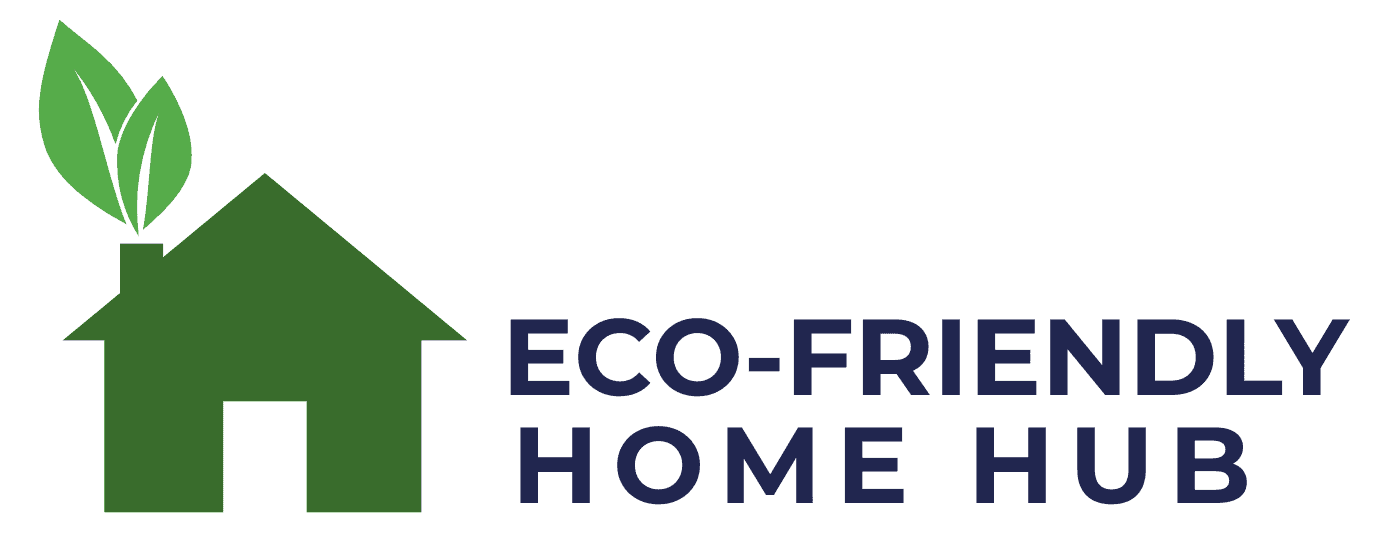If you’re considering installing solar panels, you may be wondering how to finance the project. Fortunately, there are several options available to help you get started.
By exploring different financing methods, you can find the one that best fits your needs and budget.
One popular option is taking out a solar loan. With a solar loan, you borrow money from a lender to pay for the installation of your solar panels. You then pay back the loan over time with interest. This can be a good option if you want to own your solar panels and take advantage of the long-term savings they provide.
Another option is leasing solar panels, which allows you to rent the panels from a third-party provider. This can be a good choice if you don’t want to pay for the installation upfront or if you don’t want to deal with maintenance and repairs.
Taking Out a Solar Loan
If you’re considering purchasing solar panels, taking out a solar loan is a viable option to finance your investment. With a solar loan, you can borrow money from a lender to pay for your solar panels and pay it back over time. The loan terms can range from five to twenty years, and the interest rates are typically lower than credit cards or personal loans.
One of the pros of taking out a solar loan is that you can start saving money on your electricity bills right away. By financing your solar panels, you can avoid the upfront costs of installation and pay it off gradually. Additionally, solar panels can increase the value of your property, which means you can recoup the cost of your investment if you decide to sell your home in the future.
However, there are also some cons to consider when taking out a solar loan. The interest rates can vary depending on the lender, and you may end up paying more in interest charges over time. Additionally, if you decide to sell your home before paying off the loan, you may be required to pay off the remaining balance.
It’s important to research your options and choose a reputable lender with favorable loan terms.
Overall, taking out a solar loan can be an effective way to finance your solar panels. By weighing the pros and cons and choosing the right lender, you can save money on your electricity bills and increase the value of your property.
Leasing Solar Panels
You can lease solar panels and enjoy the benefits of renewable energy without worrying about upfront costs or maintenance expenses. This option is perfect for those who don’t want to or can’t afford to purchase solar panels outright.
To lease solar panels, you’ll need to find a reputable solar company that offers leasing options. To be eligible, you’ll need to have a good credit score and a suitable roof for solar panel installation.
One advantage of leasing solar panels is that you can start enjoying the benefits of renewable energy immediately. You’ll be able to save money on your energy bills and reduce your carbon footprint without any upfront costs. Another advantage is that the solar company will take care of maintenance and repairs, so you won’t have to worry about any additional expenses.
However, one disadvantage is that you won’t own the solar panels, so you won’t be able to take advantage of any tax credits or incentives. Additionally, you’ll be tied to a contract with the solar company, which could limit your flexibility if you decide to move or make changes to your solar system.
Before deciding whether to lease solar panels, make sure to carefully consider the advantages and disadvantages. If you’re eligible and able to commit to a leasing contract, it could be a great way to enjoy the benefits of renewable energy without any upfront costs or maintenance expenses. Be sure to do your research and find a reputable solar company that offers leasing options.
Government Incentives and Rebates
The government’s incentives and rebates are like a ray of sunshine that can help brighten up your renewable energy journey. These incentives can help you save money on the initial cost of installing solar panels.
The federal government offers a tax credit of up to 26% of the total cost of the solar panel system. This means that you can reduce your tax liability by up to 26% of the total cost of the solar panel system.
In addition to the federal tax credit, many states offer their incentives and rebates. These incentives and rebates vary by state, so you need to research what is available in your area. Some states offer cash rebates, while others offer sales tax exemptions or property tax exemptions.
You may also be eligible for utility rebates or net metering programs, which can help you save even more money on your energy bills. To be eligible for government incentives and rebates, you need to meet certain requirements.
For example, you may need to purchase and install solar panels from a certified solar installer or use specific equipment. You may also need to have a minimum credit score or income level. It’s important to research these eligibility requirements carefully before making a decision about financing your solar panels.
With a little bit of research, you can take advantage of the many government incentives and rebates available to make solar energy more affordable.
Power Purchase Agreements
Let’s dive into the world of Power Purchase Agreements (PPAs) and see how they can help you save money while supporting renewable energy. PPAs are contracts between a solar panel owner and a buyer, where the buyer agrees to purchase the solar energy generated by the panels for a fixed price over a set period. This means that you don’t have to pay any upfront costs for the installation and maintenance of the solar panels.
One of the most significant advantages of PPAs is that they allow you to support renewable energy without having to invest a large amount of money upfront. Additionally, because PPAs typically last for a set period, you can lock in a fixed price for the energy generated by the solar panels, which can protect you against rising energy costs in the future.
Another benefit of PPAs is that the solar panel owner is responsible for the maintenance and repair of the solar panels, which can save you money on maintenance costs. However, there are also some disadvantages to consider when it comes to PPAs.
For example, because you are purchasing the energy generated by the solar panels, you won’t own the panels themselves. This means that you won’t be able to take advantage of any tax credits or incentives that may be available for solar panel owners.
Additionally, because PPAs typically last for a set period, you may be locked into a contract that doesn’t allow you to switch to a different provider if you’re not satisfied with the service. In conclusion, PPAs can be an excellent way to finance your solar panels. They allow you to support renewable energy without having to invest a large amount of money upfront and can protect you against rising energy costs in the future. However, it’s essential to weigh the advantages and disadvantages carefully to determine if a PPA is the right choice for you.
Crowdfunding or Community Solar Projects
Crowdfunding and community solar projects offer a unique opportunity to contribute to renewable energy initiatives while also supporting local communities. These projects are typically led by a group of individuals who want to invest in solar energy but may not have the resources to install panels on their own homes. By pooling resources, they can collectively invest in a solar project that generates power for the community. This not only provides clean energy, but it also fosters community engagement and collaboration.
Marketing strategies are an essential component of community solar projects. These projects rely on community members to invest in the solar panels, and without proper marketing, it can be challenging to generate interest. Some strategies include hosting community events, creating social media campaigns, and partnering with local organizations. These marketing efforts not only help to raise awareness about the project but also help to build a sense of community around it.
Overall, community solar projects and crowdfunding provide a unique way to finance solar panels while also promoting community engagement and collaboration. By investing in these projects, you have the opportunity to contribute to the growth of renewable energy and support your local community. With the right marketing strategies and community involvement, these projects have the potential to transform the energy landscape and create a brighter future for all.
Conclusion
So, now that you know the different ways to finance your solar panels, it’s time to take action. You can take out a solar loan or lease solar panels if you want to own them outright.
Alternatively, you can opt for government incentives and rebates or power purchase agreements if you prefer to save money on your energy bills without owning the panels yourself.
If none of these options appeal to you, consider crowdfunding or community solar projects. These options allow you to invest in solar energy without having to install panels on your own property.
Ultimately, there’s a financing option out there that will work for you and your budget. So, go out there and start exploring your options today!

